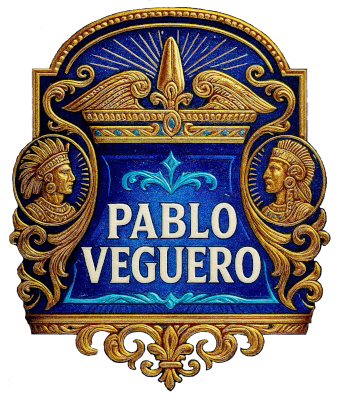
Ecuador sits on the equator and produces some of the world’s best premium cigars and tobacco. Tobacco growers began cultivating cigar tobacco in Ecuador during the 1960s, when Cuban exiles brought their growing knowledge to new regions. Growers quickly recognised that Ecuador’s volcanic soils and persistent cloud cover created ideal conditions for wrapper production.
Farmers grow most Ecuadorian tobacco in Los Ríos Province near Quevedo, where equatorial sunlight and constant mist create a natural greenhouse environment. Growers also cultivate shade-grown tobacco in the foothills of the Andes in Loja, where cooler temperatures and high humidity support slower, more controlled leaf development.
Ecuador produces several important wrapper varieties. Growers raise Ecuadorian Habano in direct sunlight producing a leaf known for depth and gentle spice. They grow Connecticut Shade under artificial canopies that replicate natural cloud cover resulting in a mild, creamy wrapper. Farmers also cultivate Ecuadorian Sumatra using Indonesian seed adapted to local soils to achieve a silky texture and aromatic profile.
Ecuadorian cigar wrappers typically deliver a mild to medium body with flavours of cedar, nuts, and light spice. Cloud-filtered sunlight allows leaves to grow thin and elastic, which gives these wrappers their signature smoothness and flexibility. Manufacturers value these qualities because they produce consistent reliable wrappers suitable for many cigar styles.
Today, Ecuador exports millions of cigar wrapper leaves each year to cigar-producing countries such as Nicaragua and the Dominican Republic. Local farmers and artisans drive this success by working in small, family-run operations that prioritise careful cultivation and traditional techniques.




